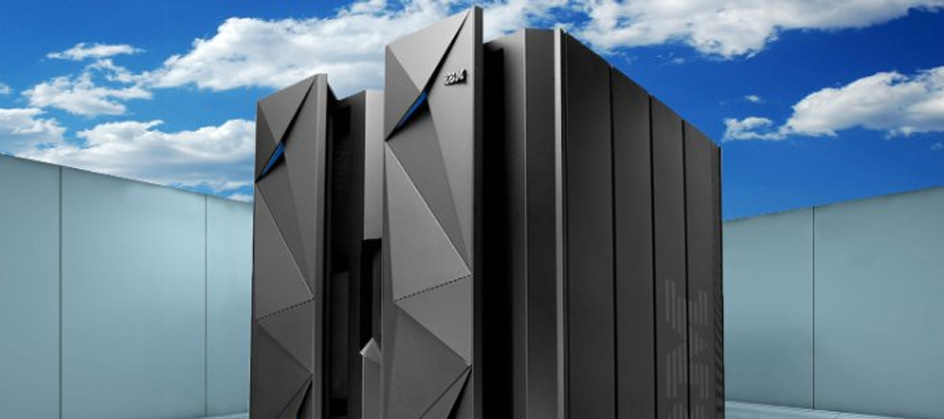For years, pundits have predicted that a generational shift in IT would spell doom for the mainframe. But just the opposite is true. The current generational shift in IT is driving a major mainframe renaissance—along with, ironically, abandonment of x86 datacenter infrastructure.
Cloud favors the mainframe
Amazon and other XaaS providers are eroding the enterprise’s need for on-premises x86 infrastructure—while actually generating greater workloads for the mainframe.
The logic of this phenomenon is obvious. And it is borne out by empirical research such as that recently conducted by J.P. Morgan. The cloud is where you provision net-new workloads that would have otherwise lived on on-premises VMs. Strike one for x86. It’s also extremely easy to move existing apps from on-premises VMs to the cloud. Strike two. Strike three is that young developers find conventional x86 infrastructure a horrific obstacle to fast, continuous DevOps. This reality is also borne out by empirical research.
Try as they might, x86 vendors cannot unmake the hellish complexity of distributed computing. On-premises x86 computing is plainly a relic of a time when IT was a minor support function for the business. It is not operationally or economically viable in a world where the movement of electrons is the business.
On the other hand, mainframe zOS MIPS continue to grow because:
- Nobody re-platforms core COBOL apps to cloud. Why would they? The mainframe is the most powerful, reliable, scalable, secure, and incrementally cost-efficient platform on the planet.
- Cloud-hosted mobile/web apps drive traffic to mainframe applications, databases, and transaction processing. So the more cloudified the world becomes, the more work mainframes have to do.
These are inarguable realities. The mainframe is here to stay. On-premises x86 infrastructure is evaporating into the cloud.
The mainframe is being Millennialized
The generational shift in enterprise IT is non-trivial. Young coders own the enterprise. Enterprises need young coding talent to be competitive in increasingly digital markets. So if young coders need to access DB2 or tweak some COBOL code, their bosses have no choice but to let them do it.
The obstacle to this mainframe access, however, is not the mainframe itself. It’s the incomprehensible, green-screen, application-development tools that IBM and CA keep foisting on their customers. It’s the way slow, outmoded waterfall processes are hard-coded into these obsolete tools. And it’s the lingering, reckless dependence of mainframe development teams on the personal/tribal knowledge of the soon-to-retire—rather than on well-documented code everyone can understand.
Millennials won’t stand for any of this nonsense. They’re rightfully demanding—and getting—tools that let them work with COBOL in the same Agile manner as they work with other code, that allow them to clearly visualize undocumented code and data dependencies, that quickly show them when they commit a coding error, and that just as quickly show them how to correct it.
Millennial coders have discovered that the mainframe is necessary and that it can be as Agile as they choose to make it.
That bodes well for the mainframe’s future—and for the future of enterprises that support mainframe Millennialization.
Please give Compuware a chance to show you how.
Referenced surveys/articles:
- Barron’s – “Amazon Seeing ‘Momentous’ Change of Guard as Public Cloud ‘Booms,’ Says JP Morgan” by Tiernan Ray
- App Developer Magazine – “Study Shows Developers Wield Clout When Choosing an Organization’s Technology” by Richard Harris
This article originally posted on LinkedIn Pulse, April 22, 2016









0 Comments